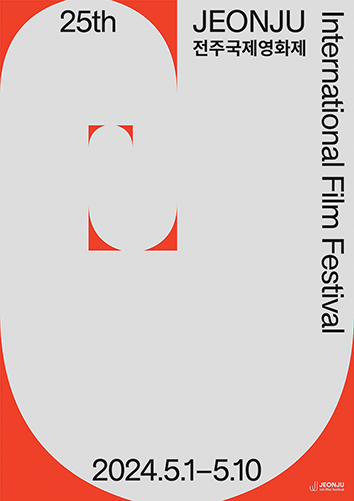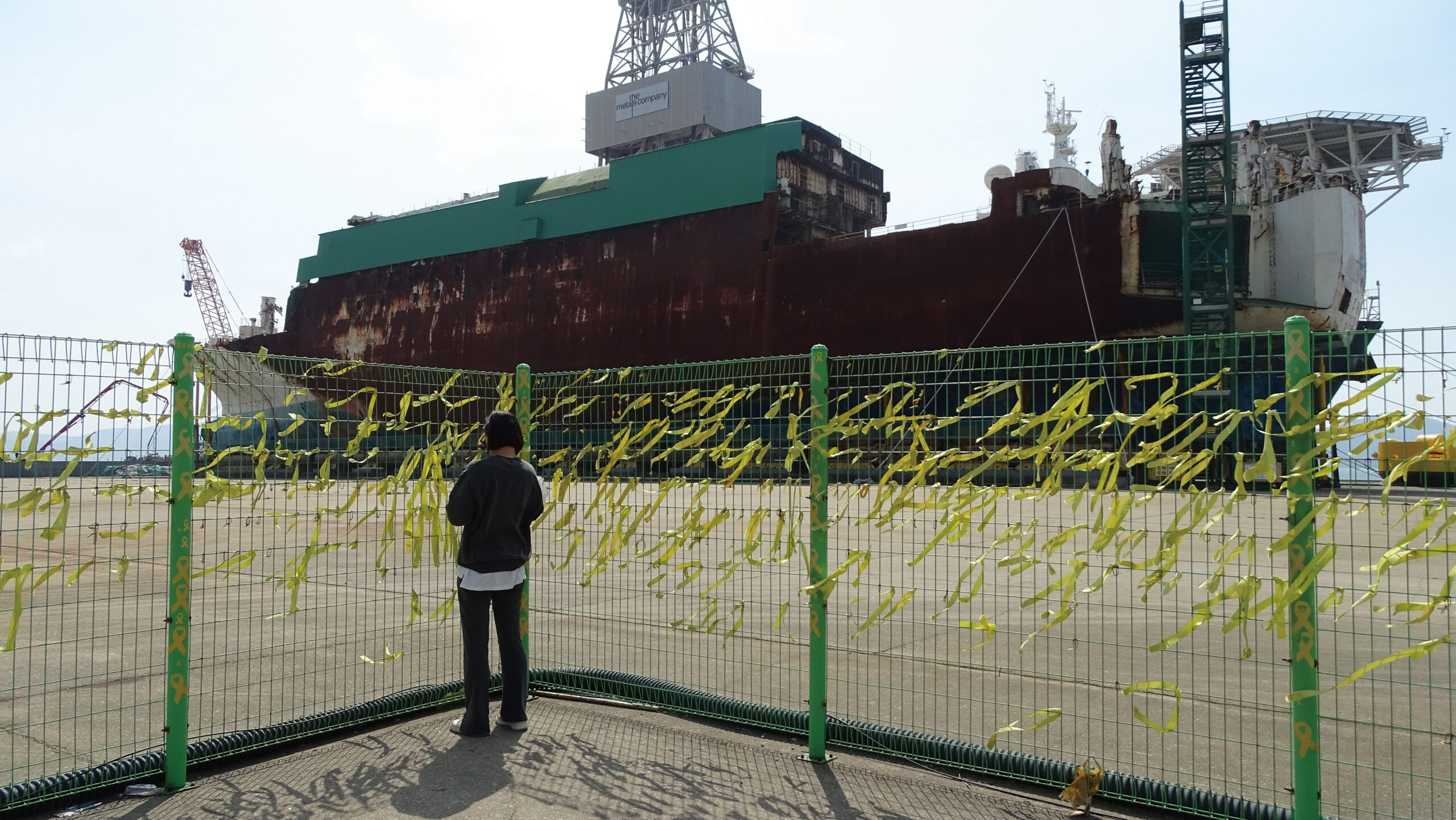The Last Girl: My Story of Captivity, and My Fight Against the Islamic State
Reviewed by Michael Attard.
This memoir of a young woman covers a short period of her life, yet the roots of the story date back to ancient Mesopotamia and the later 7th-century rise of the Islamic Caliphate.

Nadia is Yazidi, a Kurdish-speaking people living in northwestern Iraq who have practiced their monotheistic religion for millennia. Their peaceful life was destroyed with the emergence of ISIS, or the Islamic State, whose goal was to militarily re-establish the political-religious state that existed shortly after the time of the Prophet Muhammad. In ISIS thinking, the Yazidi were pagan non-believers and thus could rightfully be enslaved.
Nadia recounts recent historical details that may not be interesting or seem of importance to some readers, but they are significant in understanding the formation of Nadia’s thinking. This is not a story of forgiving one’s enemies.
There are a lot of family members, and it can be difficult to keep track of them all. However, through the horrors suffered by these individuals, Nadia elucidates the breadth of the evil.
In the summer of 2014, when Nadia was 19 years old, ISIS came to her town of Kocho, south of the Yazidi holy Mount Sinjar. The Kurdish soldiers had fled after having sworn that they would protect the Yazidi. Still many Yazidi from nearby were able to escape to Mount Sinjar, although conditions were terrible. “Life in Kocho stopped as people stayed inside for fear of being seen by ISIS.” On August 12 came the ultimatum to convert or suffer the consequences.
With a calm voice, Nadia relates the details of what happened next as if she does not want to be accused of letting emotion distort the facts, although she makes it clear: “It was chaos.” Most of the men were killed, although two brothers, while badly wounded, managed to escape from the pile of corpses laying upon them.
The women were separated into groups – married and unmarried – with the ISIS fighters more interested in the single women. Nadia had no idea what happened to her mother. It was on a bus to Mosul – the ISIS capital – that she was first molested. Her complaints were answered with, “What do you think you are here for?”
The slave market “was like the scene of an explosion,” as the women “moaned as though wounded.” Her use of simile and description is sparse throughout the book; her initial purpose is to relate the truth of her story.
At the home of an ISIS guard, Nadia met the man’s mother, thinking that surely here she might find sympathy. The closest she came to it was “It’s not your fault that you were born a Yazidi.” This woman knew that she was separated from her family by force, that all the men in Kocho had been killed, and that she, like others, was suffering the violence and humiliation of rape. Nadia said, “I hated her.”
During the first week of her captivity Nadia tried to escape. She thought that if she could get onto the street, she would look like every other woman, dressed in the black abaya and niqab. Who could tell the difference between “a Sunni woman going to market or a Yazidi girl escaping?”
Apprehended going out a window, punishment was swift. She was whipped. Later six men came into the room. She remembers how one man so carefully folded his glasses and put them on a table not wanting them to get broken before his turn at raping her.
Eventually, “You stop thinking about escaping or seeing your family again.”
At one point, Nadia relates, “He came in and locked the door. He had a gun attached to his belt, and I imagined grabbing it and putting it to my head.”
Although in constant fear, Nadia kept her wits about her and on a second attempt escaped successfully. Wandering the streets, she worked up the courage to knock on the door of a house in a poorer neighborhood. Nadia knew that ISIS was largely homegrown and that “there was no reason for me to think that behind any of these doors lived a sympathetic person.” An older man let her in. “For a moment my heart stopped … the men had beards and were wearing baggy black pants.”
Much more happens in the last 100 pages of the book as Nadia struggles to escape ISIS-run Mosul, enter Kurd-controlled Iraq, and find remaining family members. Nadia more strongly declares her views. Even of the people who helped her, she wants to know why they had done nothing before. In 2016 when Mosul was liberated, citizens claimed that they were glad ISIS was gone. How is it, then, Nadia wants to know, that when she was there, life seemed so normal? She says, “I think they did have a choice.”
At the final Kurd checkpoint, Nadia could have made things much easier for herself by simply telling the Kurds that she was Yazidi. “The Kurds want us to forgive them for abandoning us.” But she would not do so, still holding the Kurds partially responsible for the Yazidi massacres in Sinjar.
Finally, safe in Kurd-controlled Iraq, Nadia no longer needed the clothes she had been forced to wear. “I got ready to throw my abaya in the garbage, but stopped at the last moment, deciding to keep it as evidence of what ISIS had done to me.”
It is generally accepted that ISIS has been defeated, but for Nadia the fight goes on. Through the United Nations and Yazda, a Yazidi rights organization, she has spoken to the world and won the Nobel Peace Prize for her efforts. Her purpose is clear: to bring ISIS and all those who supported them to justice.
“I want to be the last girl in the world with a story like mine.”
The Reviewer
Michael Attard is a Canadian and has lived in Gwangju since 2004. Though officially retired, he still teaches a few private English classes. He enjoys reading all kinds of books and writes for fun. When the weather is nice, you may find him on a hiking trail.








